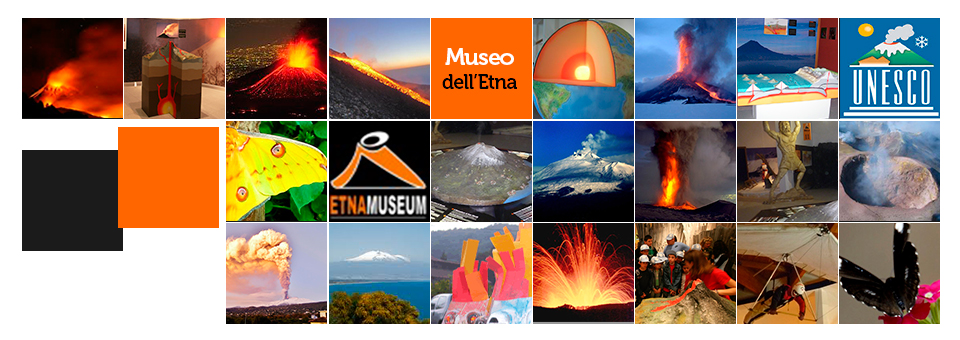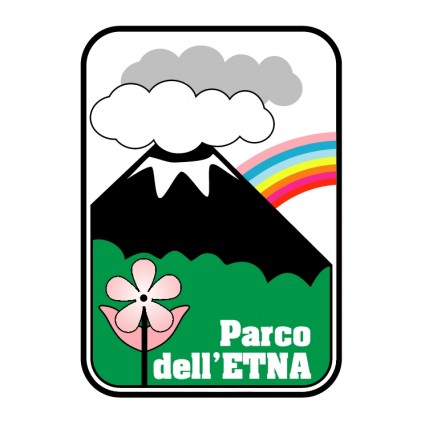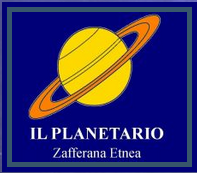THE MUSEUM
THE ONLY DEDICATED TO THE VOLCANO ETNA

The Etna Museum, extended over 1500 square meters, born from the collaboration between the Association “Friends of the Earth” and the local scientific institutions including the Etna Park, the National Institute of Geophysics and Volcanology (INGV), the Civil Protection and the University of Catania.
Everything you need to know about Etna: myths and history, scientific theories, nature and the typical produce of the largest volcano in Europe recently recognized by UNESCO
The Etna Museum has become in a few years one of the scientific-educational centers most visited in Sicily, also earning the prestigious Prize High Quality for Children “Il Grillo” RAI in 2012 and the “Prize of Arts and of Culture ” by the Press Club of Milan.
The museum, with a division into thematic sections, offers a modern and interactive vision on volcanology and it is equipped with screening rooms, a new 3D cinema and a playroom. Also, the museum has an EARTHQUAKE SIMULATOR with a dynamic computerized platform.

 Information/Tickets: 095 7890768 / 347 0415868
Museo dell'Etna, Viagrande (CT)
Information/Tickets: 095 7890768 / 347 0415868
Museo dell'Etna, Viagrande (CT) 


